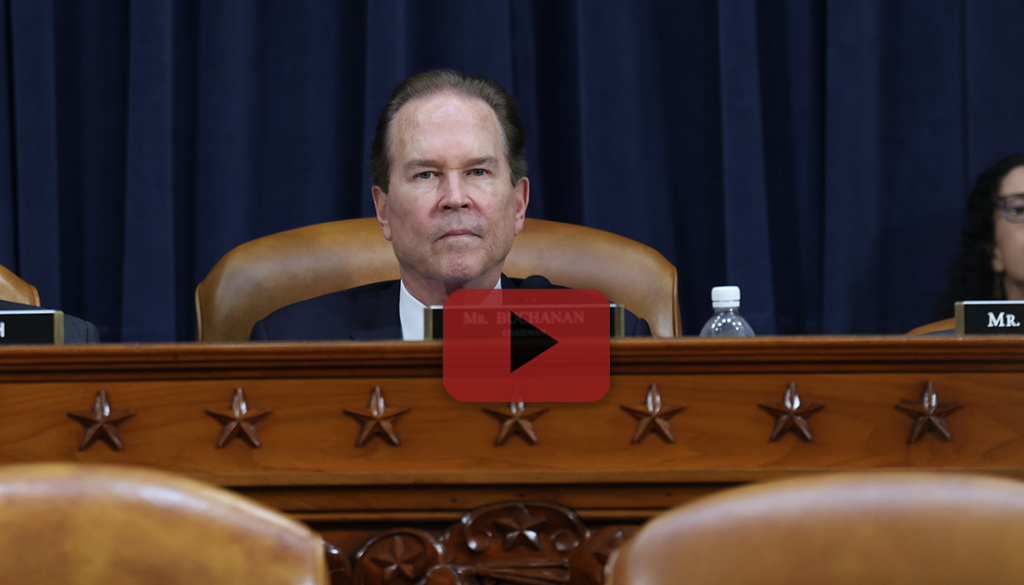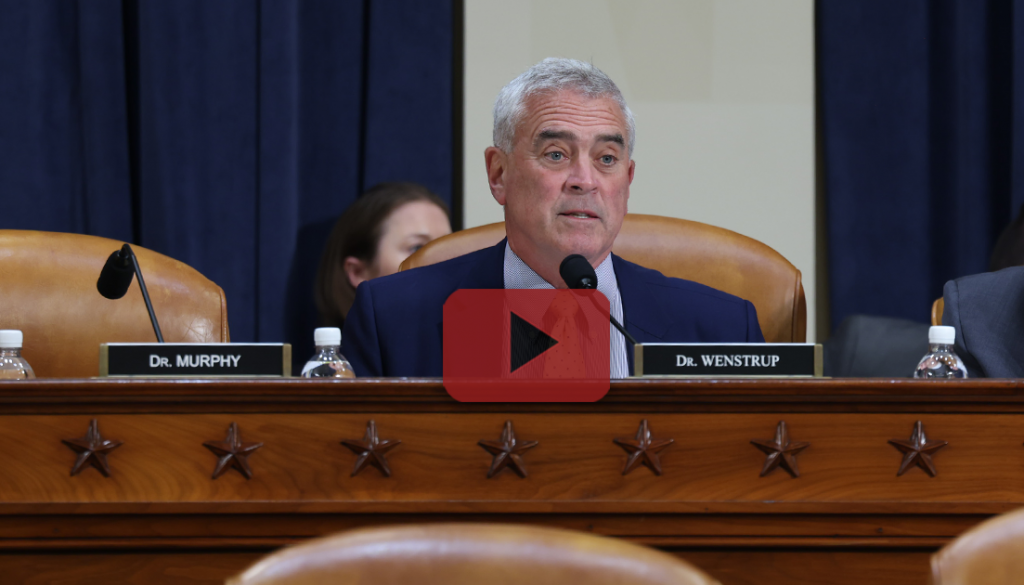“The Centers for Medicare and Medicaid Innovation, has in many ways dropped the ball on moving forward with cost-effective ideas.”
WASHINGTON, D.C. – The current fee-for-service model, which reimburses providers for delivering services rather than improving health outcomes, has led to higher Medicare spending, failed to produce better patient health, and contributed to physician burnout. Value-based payment systems, which pay medical providers for patient outcomes, is a promising concept that could improve patient health, promote coordinated care delivery, and rein in Medicare spending.
At a Ways and Means Health Subcommittee hearing on the current state of value-based care, witnesses agreed that the Center for Medicare and Medicaid Innovation (CMMI) has failed to live up to its mission to move away from fee-for-service and implement value-based models that have the potential to drive improved health outcomes. For instance, in the last decade, only four of 49 CMMI models have been greenlit for expansion. Consequently, the entire innovation center, which was initially estimated to save taxpayer dollars, now costs money and is projected to continue to cost $1.3 billion over the next decade.
Medical providers testified about their experience with value-based care, noting that rural providers are largely left out of participating in value-based care models and the Biden Administration has shifted the program’s focus from saving money and improving patient outcomes to models that promote “health equity.”
Center for Medicare and Medicaid Innovation is Dropping the Ball
In his opening statement, Health Subcommittee Chairman Vern Buchanan (FL-16) laid out some of the fundamental problems facing the implementation of value-based care. This payment model has demonstrated potential to improve patient health and lower taxpayer spending on health care. However, under Biden, CMMI has largely failed to find ways to advance solutions. From a new focus on “health equity” to missing opportunities to engage doctors and stakeholders, and actually costing taxpayers money, CMMI has “dropped the ball.”

Rep. Buchanan: “If implemented correctly, value-based care will lead to lower health care spending costs and a healthier life. In fact, studies show that value-based care can result in annual health saving systems of nearly $700 per patient and improve health outcomes. While this transition towards value-based care has been a commendable and bipartisan initiative in the past, the Centers for Medicare and Medicaid Innovation, has in many ways dropped the ball on moving forward with cost-effective ideas.”
Rural Providers Left Out In The Cold
A 2021 Government Accountability Office report noted only 12 percent of providers in rural areas took part in value-based care arrangements compared to 15 percent elsewhere in the country. Consequently, rural patients, who suffer from more chronic diseases, are prevented from accessing better health care incentivized by some value-based care models. A West Virginia physician and Chief Medical Officer of Main Street Health, Dr. Sarah Chouinard, shared with Rep. Carol Miller (WV-01) how Medicare’s current value-based models create barriers for rural providers such as high administrative burden. Dr. Chouinard also shared real-world solutions from her experience that helps lower the high administrative burden for rural practitioners.
Rep. Miller: “Unfortunately, with Medicare’s value-based care models, we have now seen multiple instances of rural providers being left behind and unable to participate. According to a 2021 report from the Government Accountability Office, rural providers participate in value-based care programs at lower rates than non-rural providers…Dr. Chouinard, in your opinion, what are some of the primary factors preventing our rural physicians from participating in value-based payment systems?”
Dr. Sarah Chouinard, West Virginia physician: “Administrative burden comes to the top of the pile. When you’re in small practices, it becomes very difficult to dedicate a team to be able to, first of all, understand what the opportunity is, and then the tracking that goes along with it, the reporting that has to go along with it…On top of that, we’re just so busy. The demand for care is so high that in order to make that change, there are a lot of technology, tools that we need to use…there’s sort of this sentiment of throwing up your hands that it becomes too difficult…One of my fears is that we lose rural clinicians because it’s just too darn hard.”
Value-Based Care Incentivizes Prevention and Better Health Outcomes
Instead of paying for more services once a patient has a disease or illness, value-based care incentivizes medical providers to provide preventive care. Dr. Brad Wenstrup (OH-02) asked witnesses to share examples of preventive care from their medical practices. A North Carolina physician discussed how value-based care has led to his practice offering cancer screenings to patients that otherwise would not have received them under a traditional fee-for-service model.
Dr. Wenstrup: “When you talk about cost savings through prevention, let me hear of some ideas of the things that you’re doing that are keeping people healthy?”
Dr. Stephen Nuckolls, North Carolina physician: “One of the programs that we set up earlier this year is a low-dose cancer screening for smokers. We have a lot of smokers in our area. We really started tracking pack years and…We set up this quality measure, even though it’s not one of the ones that’s in the program. We’ve been very successful at identifying early a lot of cancers. We’re spending a little more money as an ACO upfront, but we know it’s an investment in the long-term health of our patients. One issue came up…Medicare only covers it to age 77. This was a predicament in our committee…We’re in the enhanced track, which means we keep 75 percent of the savings. In this scenario, what I told the doctors was I said, if we got paid by Medicare for this, you’d get $100. If you don’t bill Medicare for it, because it’s not covered, you would still get, through shared savings, an extra $25. Does it make sense to not order it for $25? Of course not. We said just do it for these patients. We had that freedom, because we look at this money as ours, and that we are here to be a protector of the Medicare trust funds because we’re at risk.”


